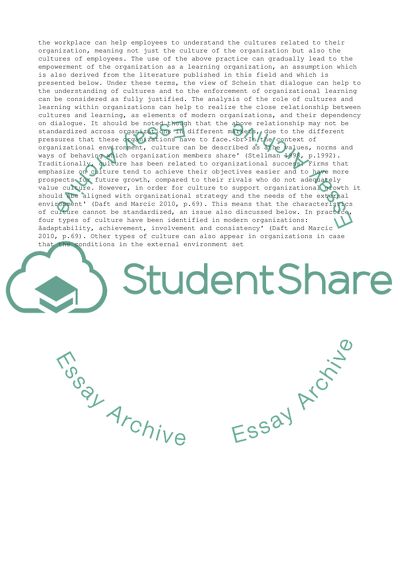Cite this document
(Organisational Dialogue Essay Example | Topics and Well Written Essays - 1750 words, n.d.)
Organisational Dialogue Essay Example | Topics and Well Written Essays - 1750 words. https://studentshare.org/management/1799128-organisational-dialogue
Organisational Dialogue Essay Example | Topics and Well Written Essays - 1750 words. https://studentshare.org/management/1799128-organisational-dialogue
(Organisational Dialogue Essay Example | Topics and Well Written Essays - 1750 Words)
Organisational Dialogue Essay Example | Topics and Well Written Essays - 1750 Words. https://studentshare.org/management/1799128-organisational-dialogue.
Organisational Dialogue Essay Example | Topics and Well Written Essays - 1750 Words. https://studentshare.org/management/1799128-organisational-dialogue.
“Organisational Dialogue Essay Example | Topics and Well Written Essays - 1750 Words”. https://studentshare.org/management/1799128-organisational-dialogue.


